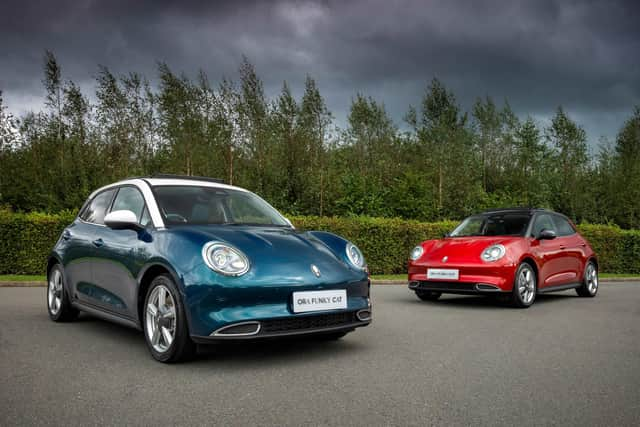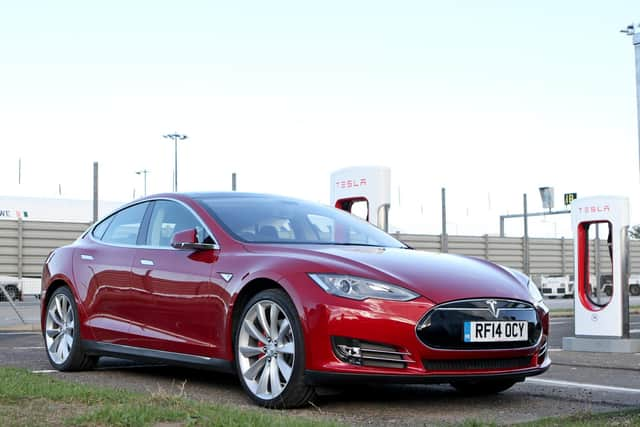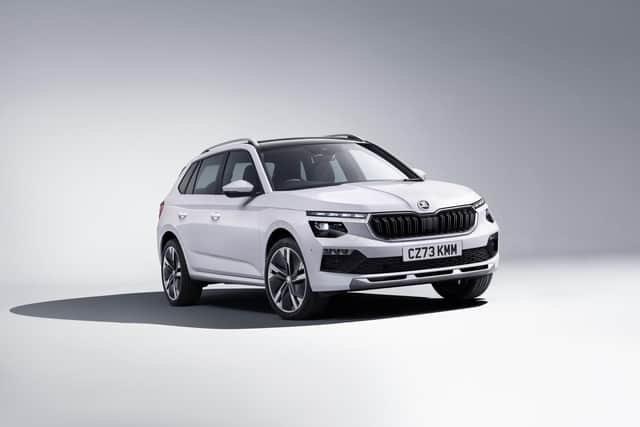Derry Journal Motoring with Jim McCauley: First results for 'Well to Wheel' environmental impact
and live on Freeview channel 276
In achieving five-star ratings, all Green NCAP’s top performers are electric, but the assessment also includes categories for Diesel and Petrol to recognise carmakers that are committed to introducing cleaner and more efficient engine designs. The results take in not only the Life Cycle Assessment (LCA) which includes raw material extraction, manufacturing, distribution, usage and recycling, but also the measurement results of a vehicle’s tailpipe emissions, the fuel or energy consumption it needs to drive, and the sum of direct greenhouse gas output and the emissions related to the production and supply of the fuel/energy.
For the Category Winner, a calculation is made of the average value of the scores in each of the three indexes: Clean Air Index, Greenhouse Gas Index, and Energy Efficiency Index. The Average Score is given in percentage and is used as the basis for comparison of the vehicles, where the vehicle with the highest Average Score is the Category Winner.
The first-ever Category Winners:


Advertisement
Hide AdAdvertisement
Hide AdFull Electric Car Category and Small Family Car Category: Ora 3
Great Wall Motor’s small family car demonstrated good efficiency under a variety of conditions and made use of its aerodynamic design and high charging efficiency, helping improve its overall consumption and reducing costs for the consumers.
Diesel Car Category: Opel/Vauxhall Mokka
The Mokka was seen to take advantage of a well-tailored diesel powertrain giving it low fuel consumption values and scoring well in the Clean Air Index. Its state-of-the-art exhaust aftertreatment system was also highly praised.


Petrol Car Category: Skoda Kamiq
The Skoda Kamiq proved to be a good allrounder, making reasonable use of the efficiency potential of a small, turbocharged petrol engine and adequate emissions management to keep pollutant emissions levels low.
Executive Car Category: Tesla Model S
Advertisement
Hide AdAdvertisement
Hide AdThe Tesla Model S impressed not only in its cutting-edge technology features but also in its attention to energy efficiency, performance, and driving range. Regardless of its size and mass, the Model S was seen to set an example in the segment of pure electric luxury cars.


Small MPV Category: Renault Kangoo
The Kangoo E-Tech was considered to offer enhanced transport capabilities for goods, targeting small and medium businesses. With its relatively small battery (45 kWh), the car is meant to be used mainly on shorter distances, but this usage case very clearly highlights all the everyday advantages of the fully electric powertrain, provided that the vehicle can be charged as required by the user.
Small SUV Category: VW ID.5
Even though it weighs more than 2,100 kg due to its big battery, the ID.5 demonstrated impressive efficiency performance. The recorded consumption values were among the lowest measured by Green NCAP so far and allowed this EV to win first place in its Small SUV category.
Motorists can log onto www.greenncap.com to find results of vehicles tested to date.